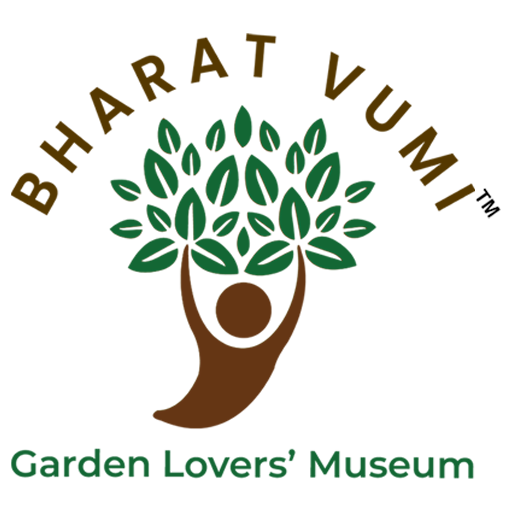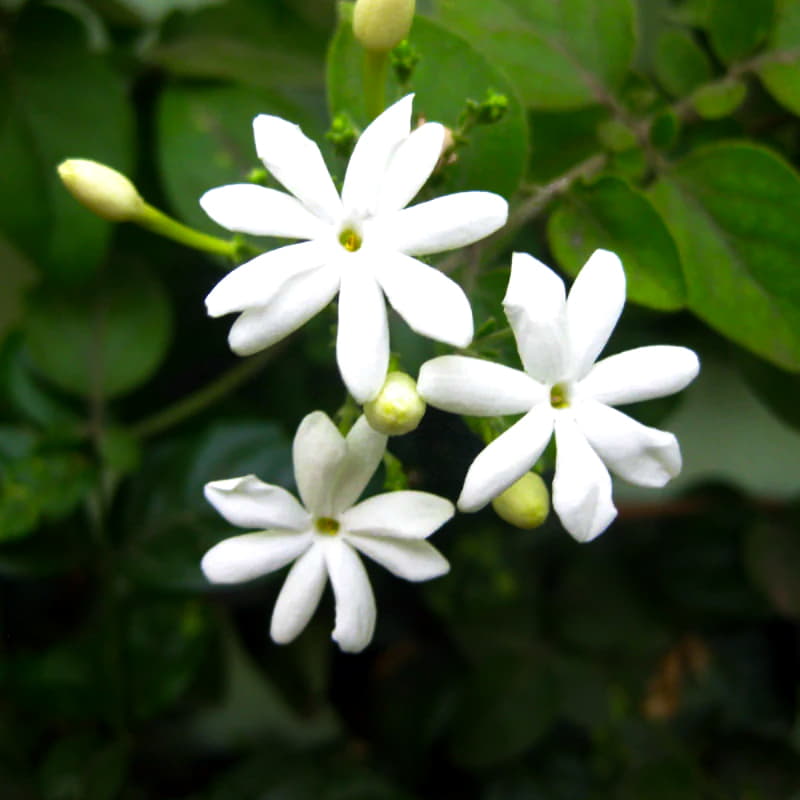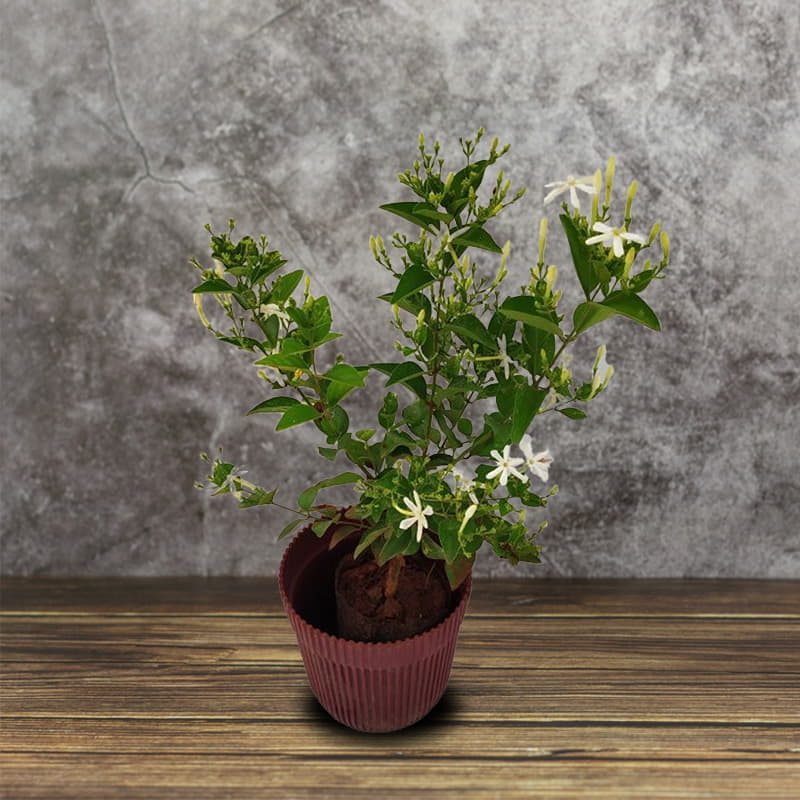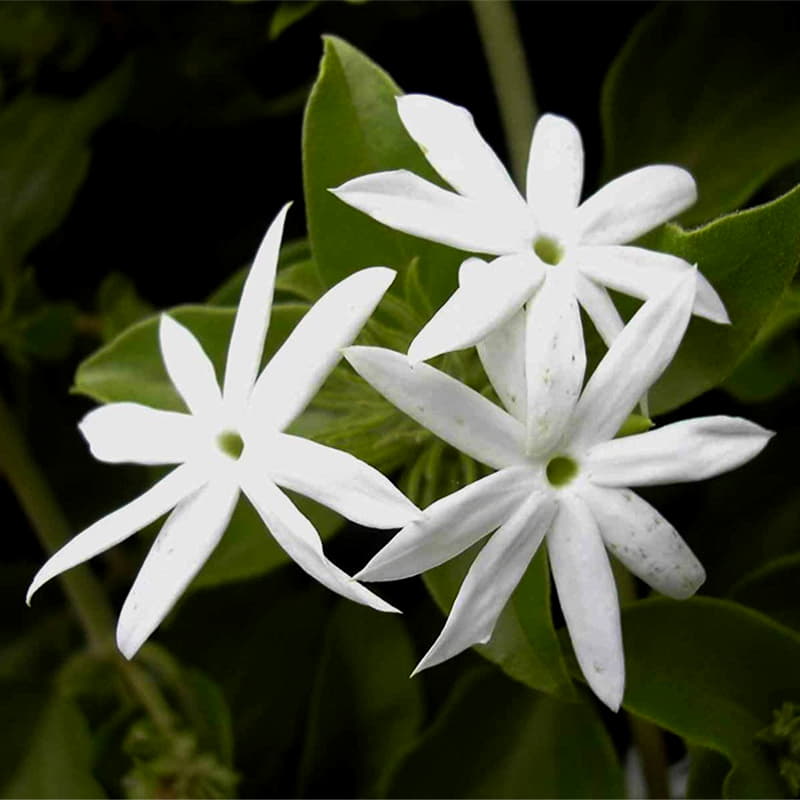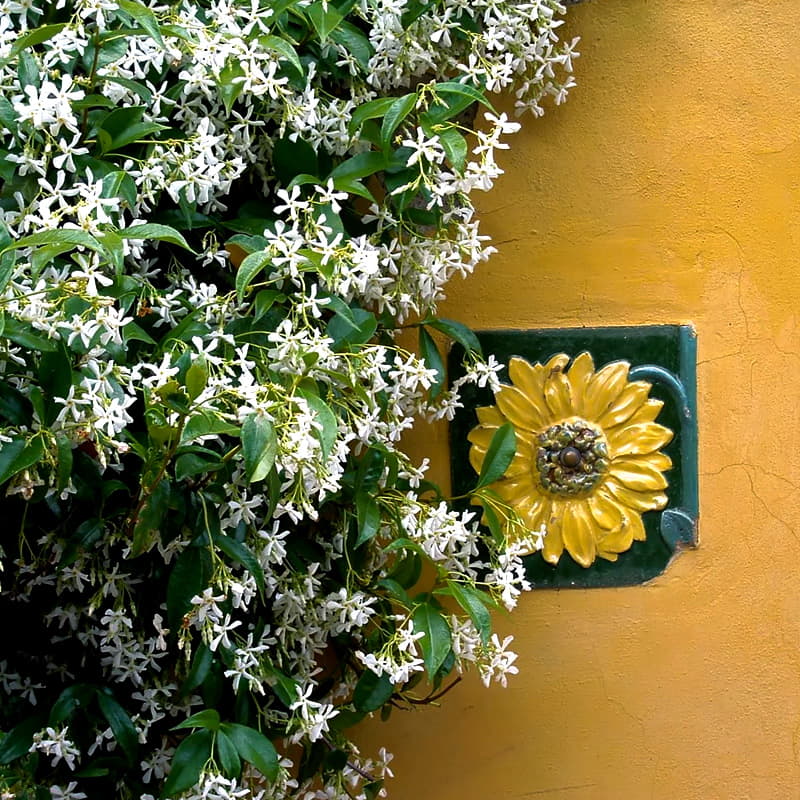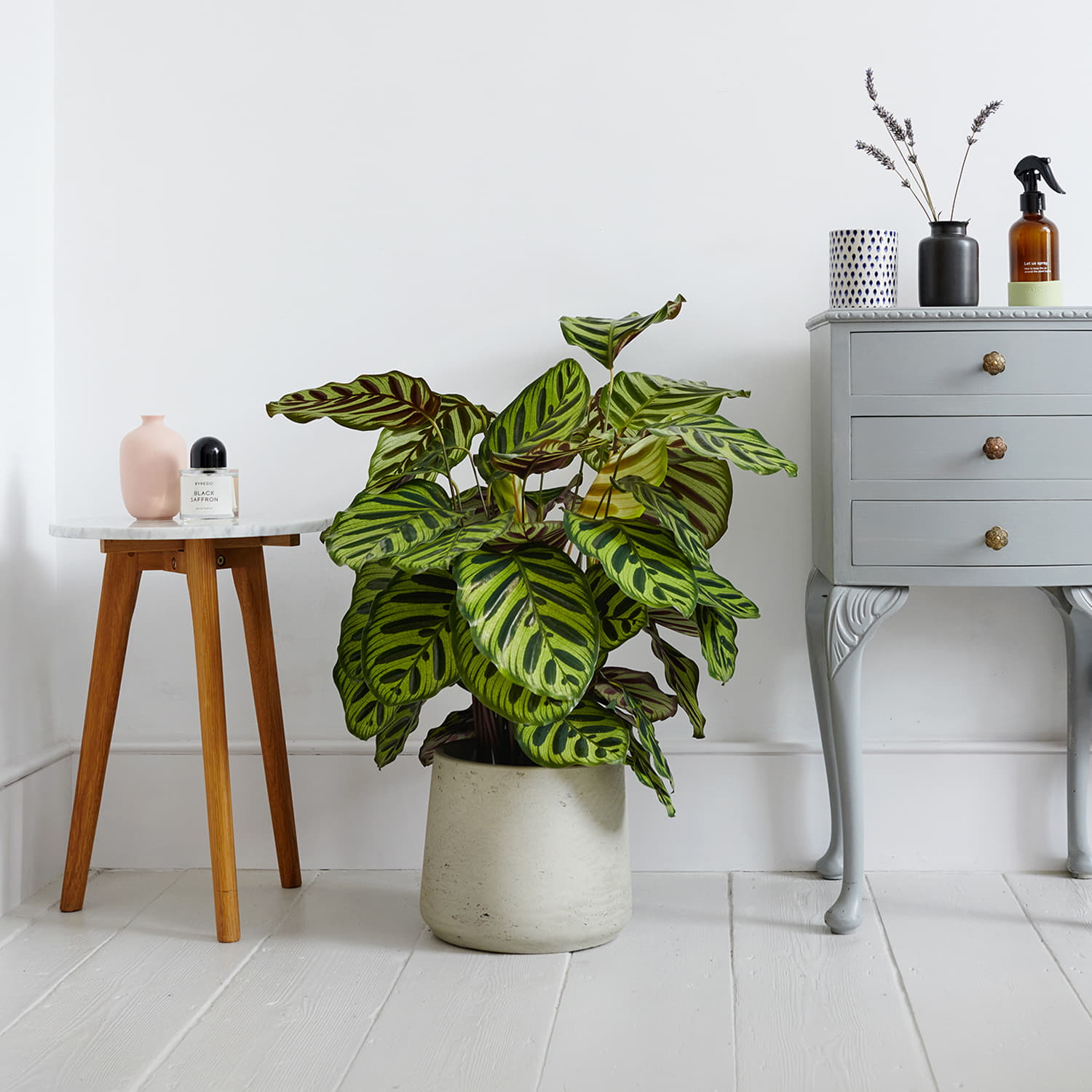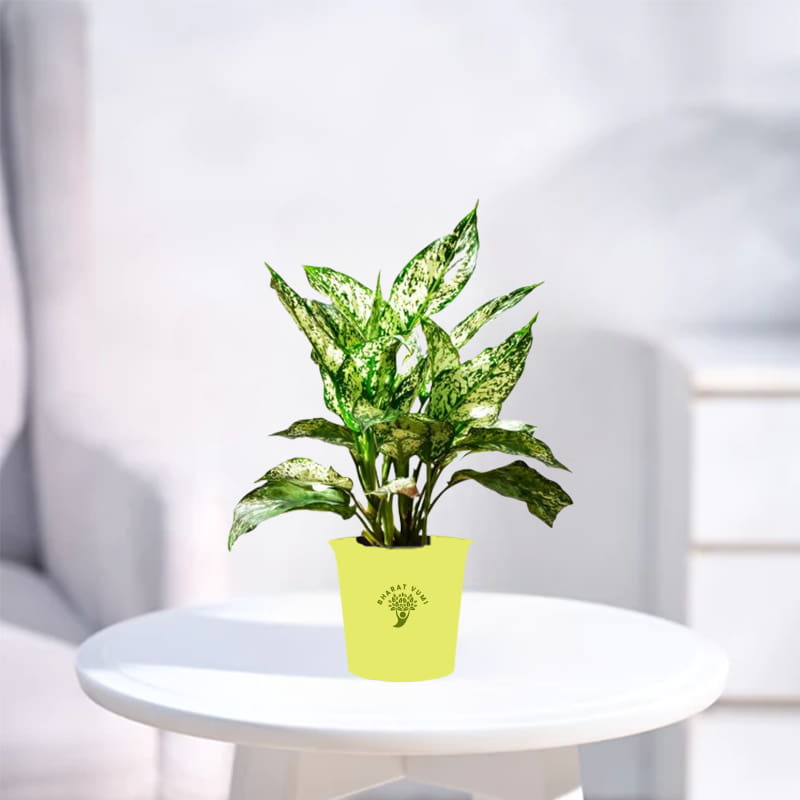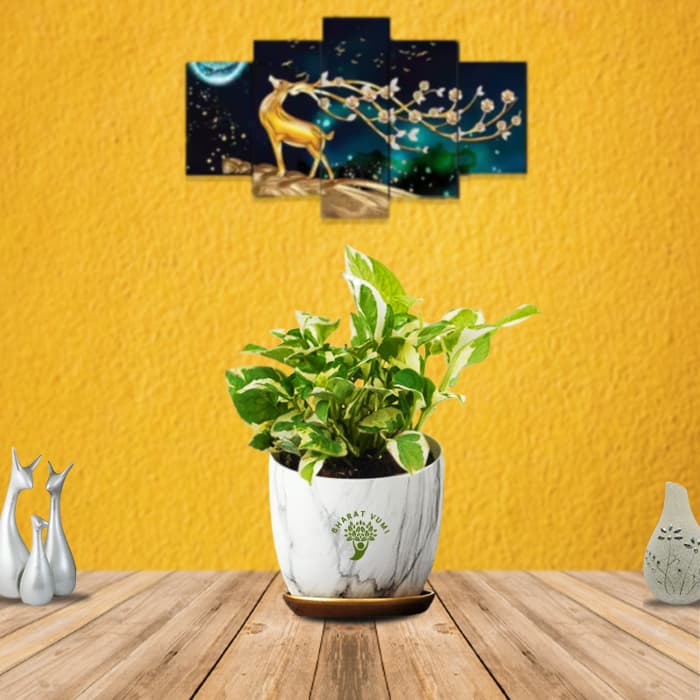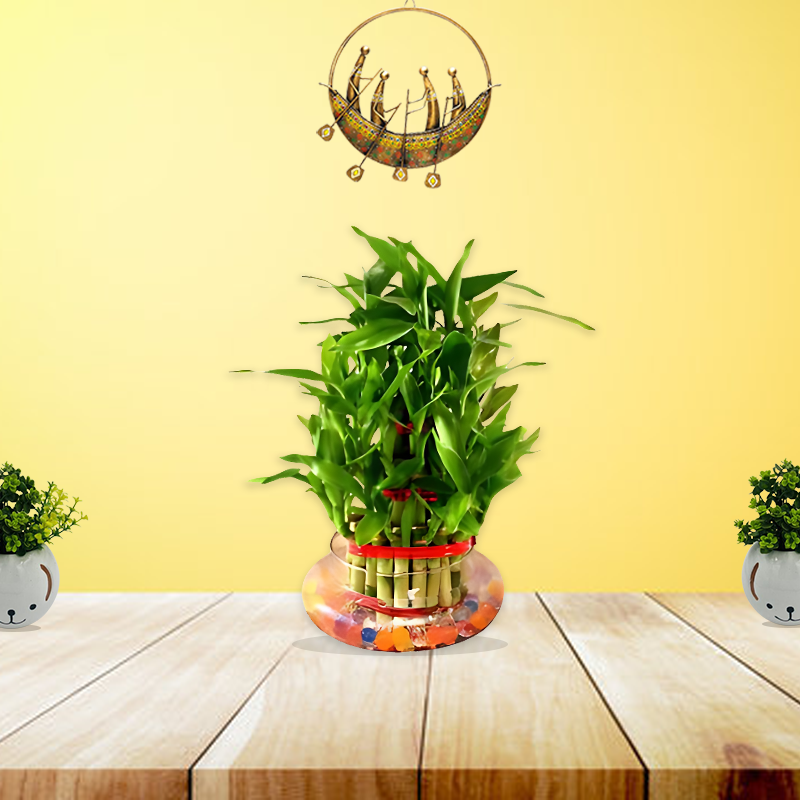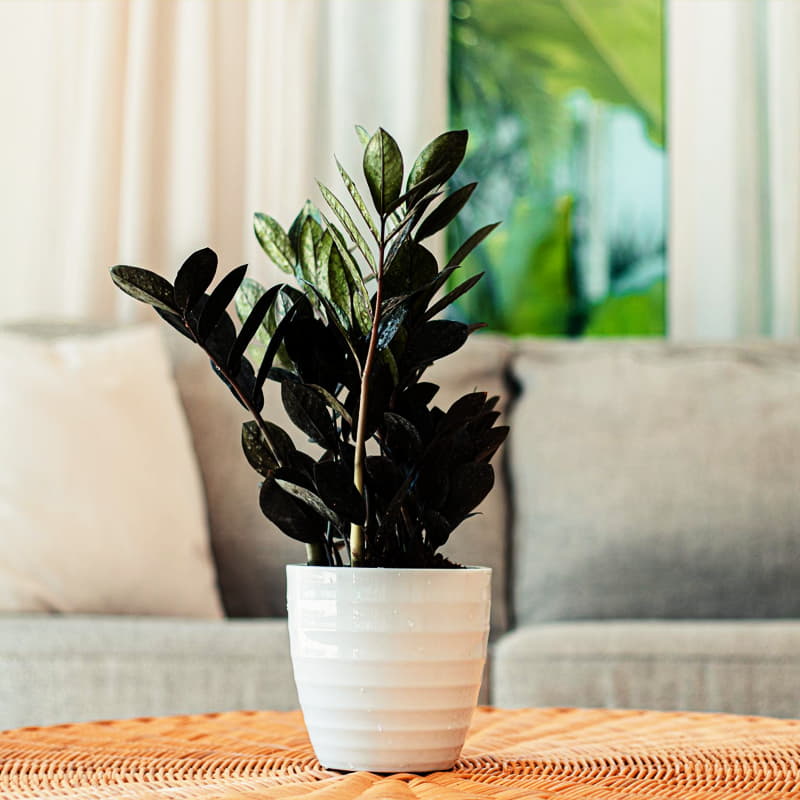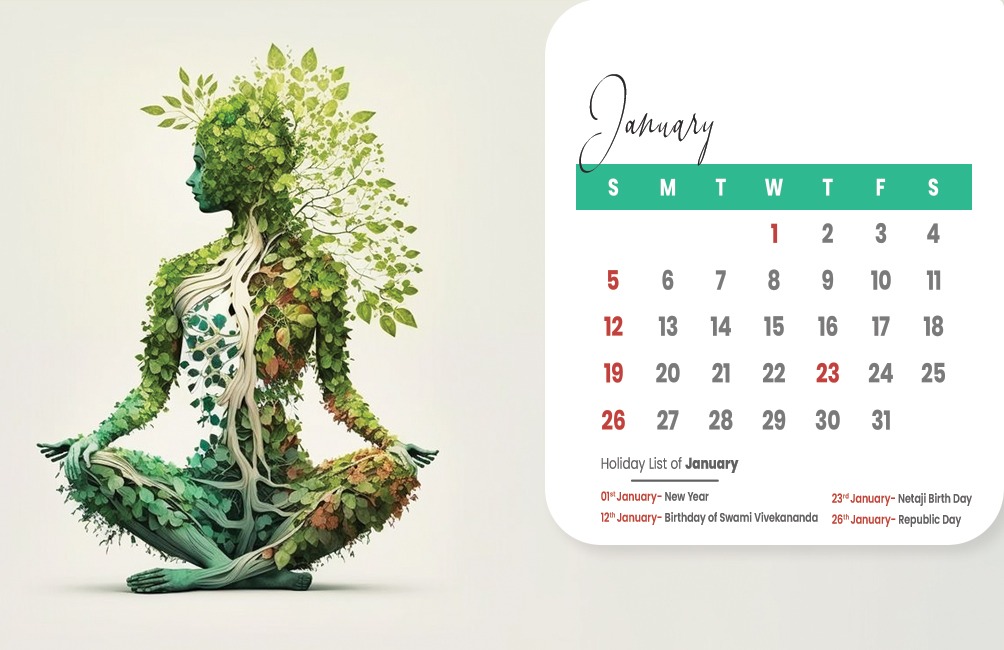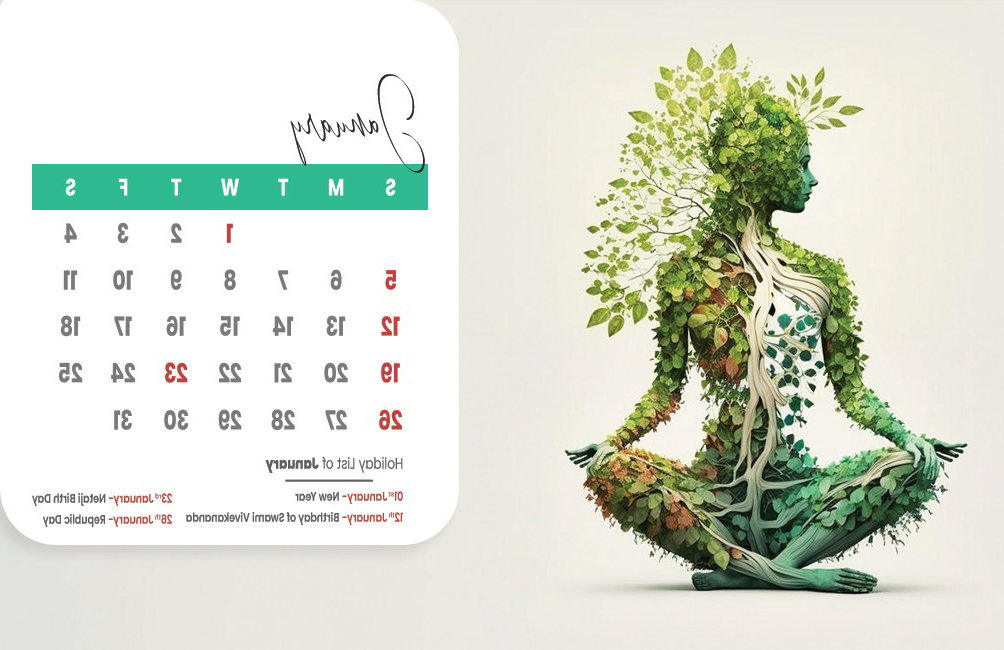Image(s) are for reference. Actual product might vary in some aspects like shape, size etc, from the one given in the image(s). However, we ensure what you get is close to the image(s) and of high quality. Our target is to deliver a healthy and well built plant. So relax after ordering and wait for an excellent delivery from Bharat Vumi that will bring smile on your face.
Package- A healthy Jasmine Plant (Without pot)
Plant description:
Common Name-
English- Indian Jasmine
Hindi- Juhi, Chameli
Bengali- Jui
Scientific name- Jasminum officinale
Family- Oleaceae
Origin- Himalayas and the regions of Western Asia and Europe.
Jasmine is a climbing or spreading shrub known for its beautiful, fragrant flowers. It is a highly popular and cherished plant in many cultures around the world, valued for its exquisite scent and ornamental beauty.
Benefits- Jasmine is renowned for its sweet and captivating fragrance, which is most potent in the evening. The flowers of Jasmine are used in perfumes, teas, essential oils, and traditional ceremonies and rituals in many cultures. Jasmine is known to attract beneficial insects like bees and butterflies and promotes in pollination.
Growing conditions-
Soil Requirement- Jasmine prefers well-draining soil that is fertile and loamy. It can tolerate a range of soil types but thrives in a slightly acidic to neutral pH.
Watering- Regular and consistent watering is required to keep the soil evenly moist, especially during dry spells or when grown in containers. Avoid overwatering, as it can cause root rot. Allow the top inch of soil to dry out between waterings.
Temperature- The plant thrives in warm to temperate climates. It prefers temperatures between 15°C to 24°C but can tolerate slightly higher or lower temperatures. Protect it from extreme heat or frost.
Humidity- Jasmine enjoys moderate to high humidity levels. It can adapt to drier conditions also.
Light Requirement- Jasmine requires full sun to partial shade for optimal growth and flowering. It needs at least 4 - 6 hours of direct sunlight each day. However, it can tolerate some shade, particularly during the hottest part of the day.
Fertilization- Feed the plant with a balanced, slow-release fertilizer during the growing season (spring and summer) to provide essential nutrients. Avoid excessive fertilizer during flowering time. To promote abundant flowering, provide phosphorus rich fertilizer.
Flowering- This plant produces small, white, star-shaped flowers with an enchanting fragrance. The flowers typically bloom in clusters and appear in abundance during the warmer months, often in the evening and night. Each flower lasts for a day or two before fading.
Important Diseases- Jasmine can be susceptible to several diseases-such as leaf blight, rust and wilt.
Rust- yellowish orange colored pustules can be seen on the lower side of the leaves and also on young twigs and flower buds. This can be controlled by pruning diseased leaves or buy applying mancozeb.
Wilt- This disease can occur in patches and the roots turn black and the whole plant shows wilted symptoms. This disease can be managed by applying 1 % bordeux mixture in soil.
Leaf blight- Reddish brown circular spots are observed on the upper surface of the leaves and this disease spreads rapidly in rainy season. In severe condition the vegetative buds and shoots dry up. Spray Dithane-M 45 or 1% Bordeaux mixture to control the disease.
Important Pests- Common pests that may affect Jasmine includes Budworm, gallery worm, Jasmine eriophyid mite, leaf webworm. Eriophyid mite feeds on the leaves and tender shoots and causes hairy outgrowth. Leaf webworm attack can be identified by skeletonized structure of leaves. Budworm makes holes on flower bud and feed on the inner content of flower bud. Apply neem seed kernel extract or Dimethoate 30 EC to control these devastating insects.
Pruning- Pruning is beneficial for shaping and maintaining the size of Jasmine. To give a shape to the plant pruning can be done anytime of the year. Regenerative pruning can be done after the flowering period to remove dead or overgrown branches. Pruning also helps to promote bushier growth and increased flowering.
Propagation- Jasmine can be propagated through stem cuttings or layering. Take 4 to 6-inch long cuttings from healthy stems, remove the lower leaves, and plant them in well-draining soil. Layering involves bending a low-growing branch and burying a portion of it in the soil until it develops roots.
| Type |
Evergreen Flowering shrub. |
|---|---|
| Planting time |
Rainy season |
| Soil |
Well drained loamy, fertile soil. |
| Watering |
Allow the top inch of soil to dry out before watering again. |
| Temperature |
15°C to 24°C |
| Humidity |
Moderate- high humidity levels. |
| Light requirement |
At least 4 to 6 hours of direct sunlight each day. |
| Fertilization |
Balanced, slow-release fertilizer during the growing season (spring and summer). |
| Flowering |
Produces small, white, star-shaped fragrant flowers during warmer months. |
| Important Diseases |
Rust, Wilt, Leaf blight. |
| Important pests |
Budworm, gallery worm, Jasmine eriophyid mite, leaf webworm. |
| Pruning |
Pruning helps to promote bushier growth and increased flowering. |
| Dormancy Period |
Winter |
| Propagation |
Stem cutting, layering. |
